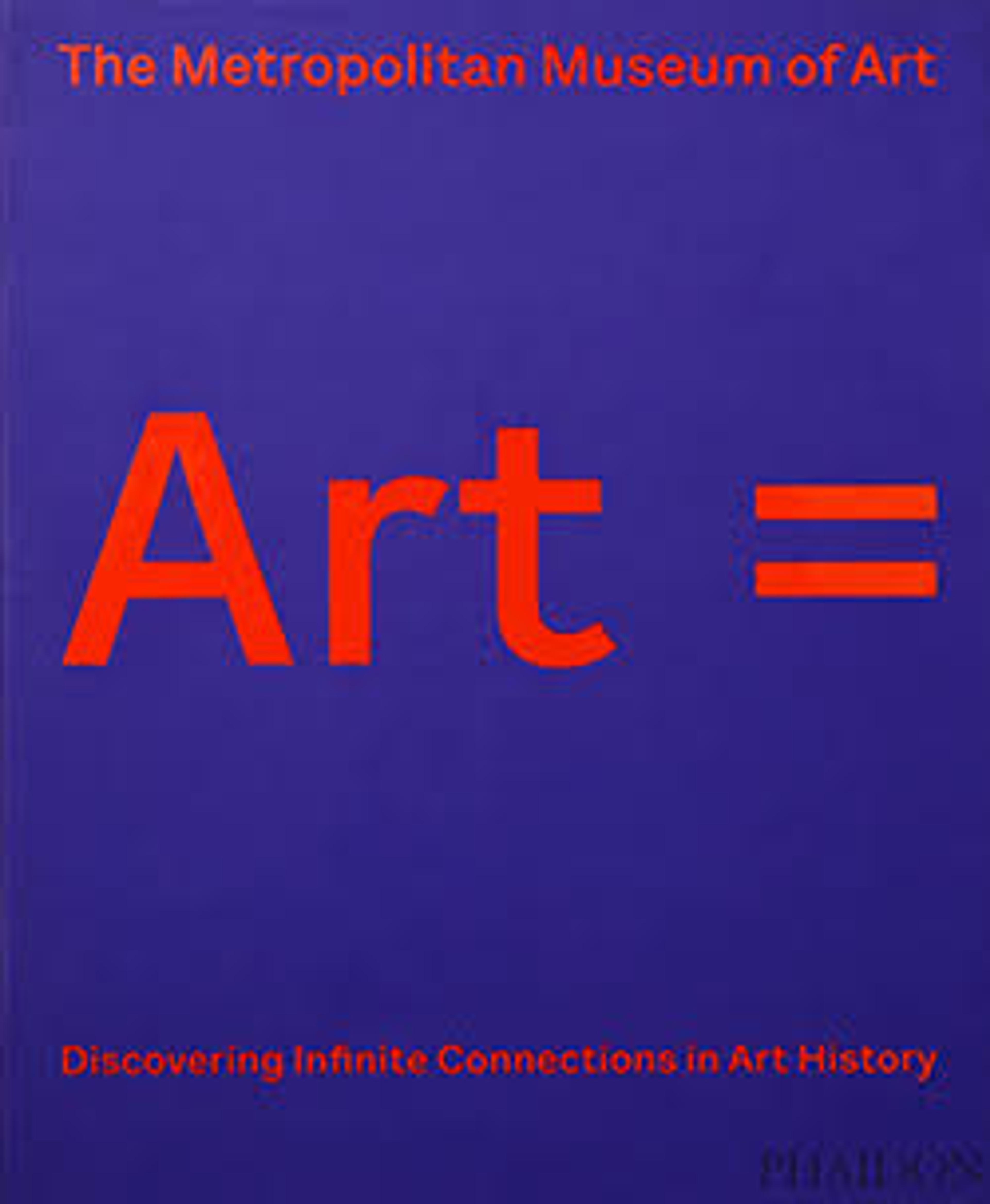Terracotta kylix (drinking cup)
Obverse, Poseidon, the god of the seas, among Greek warriors
Reverse, the stables of Poseidon
The subjects are drawn from book 13 of Homer's Iliad. Poseidon, seeing the Greeks hard-pressed, decided to help renew their valor. At his underwater palace, he ordered his chariot prepared so that he could ride to their aid. On one side of this cup, an atmosphere of feverish excitement reigns in the stables as grooms attempt to soothe four high-strung horses tethered to columns. Supernatural forces seem to have been unleashed: tiny figures race over the horses' backs and swing down from the architectural frieze above. On the other side of the cup, Poseidon, carrying a trident, urges on the Greek heroes.
Reverse, the stables of Poseidon
The subjects are drawn from book 13 of Homer's Iliad. Poseidon, seeing the Greeks hard-pressed, decided to help renew their valor. At his underwater palace, he ordered his chariot prepared so that he could ride to their aid. On one side of this cup, an atmosphere of feverish excitement reigns in the stables as grooms attempt to soothe four high-strung horses tethered to columns. Supernatural forces seem to have been unleashed: tiny figures race over the horses' backs and swing down from the architectural frieze above. On the other side of the cup, Poseidon, carrying a trident, urges on the Greek heroes.
Artwork Details
- Title:Terracotta kylix (drinking cup)
- Artist:Attributed to the Amasis Painter
- Period:Archaic
- Date:ca. 540 BCE
- Culture:Greek, Attic
- Medium:Terracotta; black-figure
- Dimensions:H. 4 7/8 in. (12.4 cm)
diameter 10 1/8 in. (25.7 cm) - Classification:Vases
- Credit Line:Gift of Norbert Schimmel Trust, 1989
- Object Number:1989.281.62
- Curatorial Department: Greek and Roman Art
Audio
1014. Terracotta kylix (drinking cup), Part 1
0:00
0:00
We're sorry, the transcript for this audio track is not available at this time. Please email info@metmuseum.org to request a transcript for this track.
Listen to more about this artwork
More Artwork
Research Resources
The Met provides unparalleled resources for research and welcomes an international community of students and scholars. The Met's Open Access API is where creators and researchers can connect to the The Met collection. Open Access data and public domain images are available for unrestricted commercial and noncommercial use without permission or fee.
To request images under copyright and other restrictions, please use this Image Request form.
Feedback
We continue to research and examine historical and cultural context for objects in The Met collection. If you have comments or questions about this object record, please contact us using the form below. The Museum looks forward to receiving your comments.
